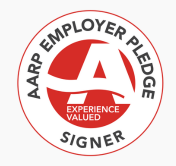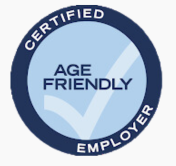You’ve made the decision: It’s time to make your job search a priority, but your technology skills are holding you back. You’ve been out of the workforce for 5, 10, maybe 15 years or longer, just as technology has rapidly changed how we work. You haven’t stayed current with the latest software required for the jobs you desire.

Sound familiar? The honest truth is that having good technology skills is expected in today’s work environment, and weak technology skills remains a top concern for employers hiring career re-entry candidates. The good news is that it’s never too late to learn new skills.
Previously in Part II, we discussed identifying the basic technology skills needed in today’s workforce and how to gain these skills. In today’s post, I will cover:
Step 2. Identify SPECIALIZED Technology Skills Needed for the Work You Love
So what other skills will you need? You will have to do some research. There are challenges here too. First, you will quickly discover that there are literally thousands of software products used in business, and company size and even industry has an impact on the types of software used. A larger company, for example, will use a more expensive, robust or complex digital marketing software, while a smaller company may use a service as simple as Constant Contact or MailChimp. Second, remember that technology continues to change rapidly. Depending upon your career goals, you may want to wait until you get your foot in the door before you invest too much money on a specific technology, especially if it is expensive to learn. At a minimum, however, you will want to have enough of a familiarity with software used in your industry or field of interest so that you can comfortably navigate a more technical conversation with a potential employer. Here are a few tips for figuring this out:
- Search major job boards like Indeed for job descriptions of interest to you and for which you are qualified. A good job description will list required and desired technical skills. Compile a list of common software skills and make note of any patterns with regard to industry, company size, etc. Another good resource is the Department of Labor’s Occupational Information Network (O*NET). O*NET is a robust database that contains in-depth intelligence about industries and occupations, including technical competencies required for specific jobs.
- Interview friends or contacts that work in the industry, field, or specific job in which you are interested. Ask them to educate you on what technologies and software are most common and how they are used. Make sure you get feedback from as many people as you can and ask enough questions to figure out if it is worth your time and money to learn the software, i.e. will knowledge of the software make you more marketable and to what kind of company? Use LinkedIn to find friends and contacts.
- Explore Capterra, an extensive, online collection of 300+ softwares that businesses and nonprofits use every day to run and grow their businesses. Search by category, and you will find links to software provider sites, reviews, info guides, and other resources.
Now that you have strategies for identifying the technology skills required for the work you love, Part IV will cover how to assess your skill level and sharpen your skills where they are weak.








